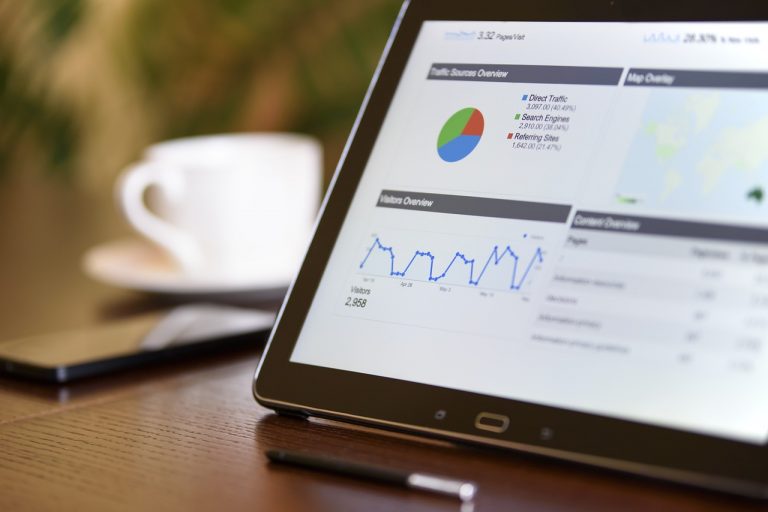
If you didn't already know, bridging loans are granted to fill the gap between paying for items and waiting for your funds to come in. This suffices your demands especially if a previous sale hasn't been cleared as yet. In the case of real taste, these are used by persons who are interested in purchasing one property while they have another waiting to be sold. Bridging loans are fully secured loans. This just simply means that to gain a high-value asset, you'll need to have already existing high-value assets in place. In this case, it can be either land or property. What Are Bridging Loans Used For? The following are some of the common uses of bridging loans: * Business ventures * Buying a property * Paying taxes * Property development * Settlements from a divorce Also, these loans are used by the property developers during auctions. This occurs since deposits are paid to secure purchases on such short notices. Bridging Loan For Property Development Among developers and landlords, bridge loan rates are a big deal. This gives them the opportunity to conduct different projects on site as long as the properties are sold quickly. Residential Bridge Loan This type is also becoming even more popular among homeowners. Types Of Bridging Loans As far as bridging loans are concerned, there are two types. These are as follows: Open Bridge Loan Unlike other loans, the open bridge loan doesn't have a set date to end. So, if ever your loan is this type, you'll simply repay it when your funds are available. The open bridge loan lasts for a year and more. Closed Bridge Loan Unlike the open bridge loans, these do indeed have an end date. The end date is set to one that is close to when your funds come in. However, these are short term and range from either a couple of months to just a few weeks. It should be noted that open bridge loans are the more expensive of the two but offer more flexibility. Depending on your needs, you'll choose the one that is better suited to you. How To Choose The Best Bridge Loan Before you can select the best loan for your needs, you'll need to consider a couple of the following: * The amount you need to borrow - Bridge loans are offered from a minimum of £5000 to even over £10 million. * The worth of your property - Depending on the worth of property, your loan will have a maximum rate. * The length of time you need to borrow the capital for - As previously stated, bridging loans can be as short as one month or as long as two years. * Whether or not your property has a mortgage - Besides affecting the amount being loaned, it also affects if you can look at both first and second charge loans. First Charge Or Second Charge Loans? Whenever you apply for this type of loan the lender typically applies a charge. However, the charge is applied to the property that you're using as a form of security. Hence, your debt will either increase or decrease depending on whether or not you can repay your loan on time. In the instance where your property is being seized, first charge loans will need to be repaid before the second charge loans can be paid. If you didn't already know, first charge loans are the ones where the bridge comes first. Additionally, first charge loans can also be the ones where the loan is secured using your property. Mortgages are often considered as first charged loans. However, if there is none, then your bridge loan is your first charge loan. In the case of second charge loans, there are those that have existing mortgages on a property. As such, all second charge lenders are required to receive permission from the first charge lenders before they are added; there's no limit to the number of charges that can be applied.


